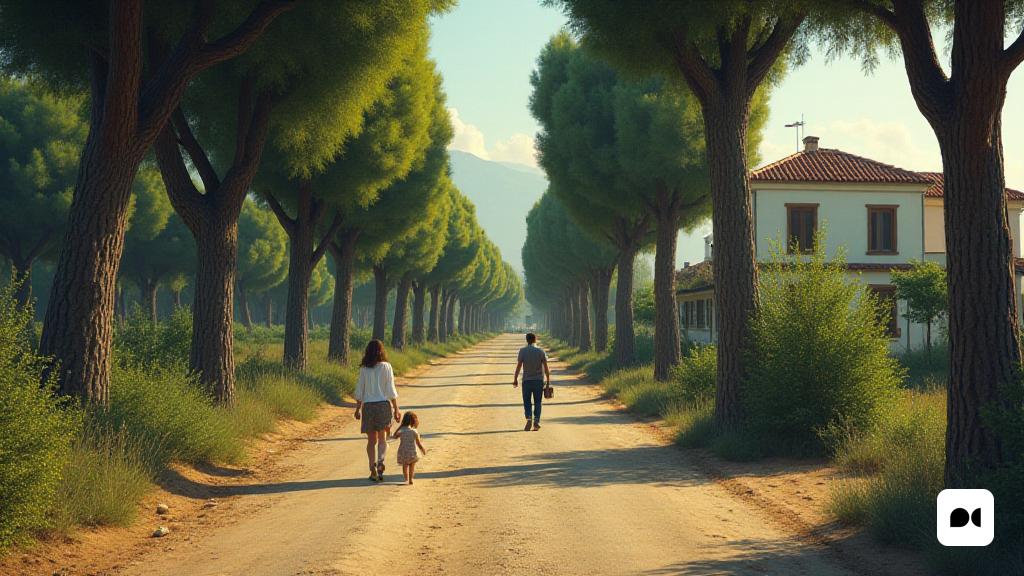A complex narrative in an exclusive environment
The writer and journalist Jair Domínguez, born in Barcelona in 1980, presents his latest work, ‘Els Cypresses’, which is already his sixth novel. This work transports us to a luxury urbanization in the Empordà, where several families live their lives intertwined in a space that becomes a character in itself.
A reflection on time and relationships
Divided into three classic parts, the novel accompanies us on the journey of children who become adolescents and later adults, addressing topics such as the disintegration of family relationships, destiny, and isolation in today’s society. Domínguez, who previously explored dystopian genres, now delves into a more intimate and contemplative narrative.
The symbolism of cypresses
The cypresses, who appear recurrently, symbolize death and mourning, as well as eternal life in Eastern culture. Josep Maria Espinàs describes them as trees that represent individualism. In the novel, this loneliness is palpable, because, despite being a group, families seem isolated.
Childhood and lost magic
Among the characters is Bru, a child with high social capabilities, who experiences the world in a unique way. Their sensitivity and vision of the future generate a tension between the magic of childhood and the harsh reality of adulthood.
The challenge of motherhood
Eli’s figure, Bru’s mother, represents the daily struggle of a single mother in a patriarchal world. Dominguez reflects on the pressure that mothers support alone and the negative social perception they often face.
The disenchantment of relationships
As the narrative progresses, the pairs in the novel are trapped in unsatisfactory relationships. Dominguez challenges us to question the nature of commitment and happiness in modern life. The idea that people remain in relationships out of fear is a recurring topic.
A contemporary vision of education
The novel also addresses the question of current education, with a critique of the overprotection of children. Dominguez raises a debate on the balance between freedom and authority, as well as the impact of technology on adolescent training.
A disconnected generation
Young people in history seem to be unknown to political and social reality. Dominguez emphasizes the importance of understanding the historical and cultural context that surrounds them, suggesting that current education can be failing in this regard.
Death as a conduit thread
The novel does not escape to addressing death as a central theme. The loss of emblematic figures serves as a reflection on the fragility of life and the impact of these tragedies on the characters and society.
A critique of today’s society
Through characters like La Greta, a young environmental activist, Domínguez denounces the failures in parental responsibility and the disconnect of adolescents with the real world. His work is presented as a mirror of the contradictions and challenges of the contemporary world.
The tragicomedy of existence
With a poignant and ironic style, Dominguez invites us to reflect on the human condition in a world marked by absurdity. His narrative reminds us that, despite the adversities, life continues with its complexity and beauty.

